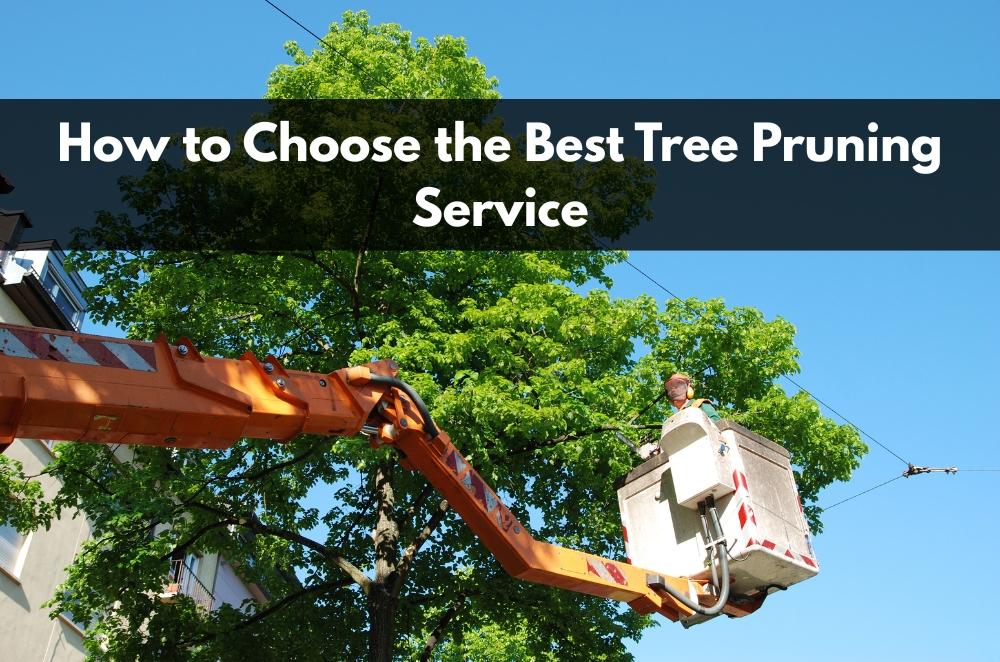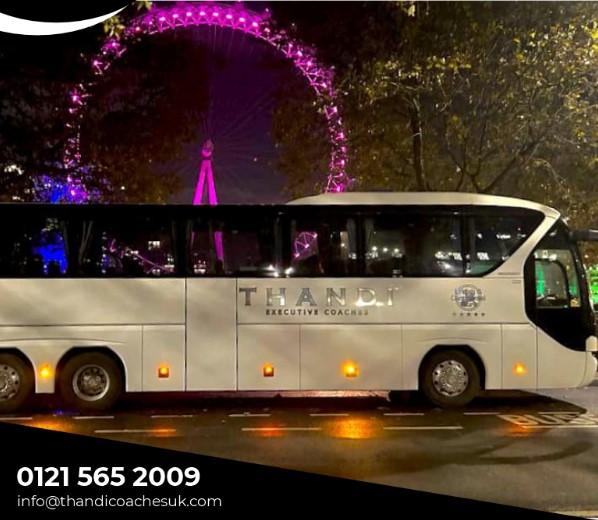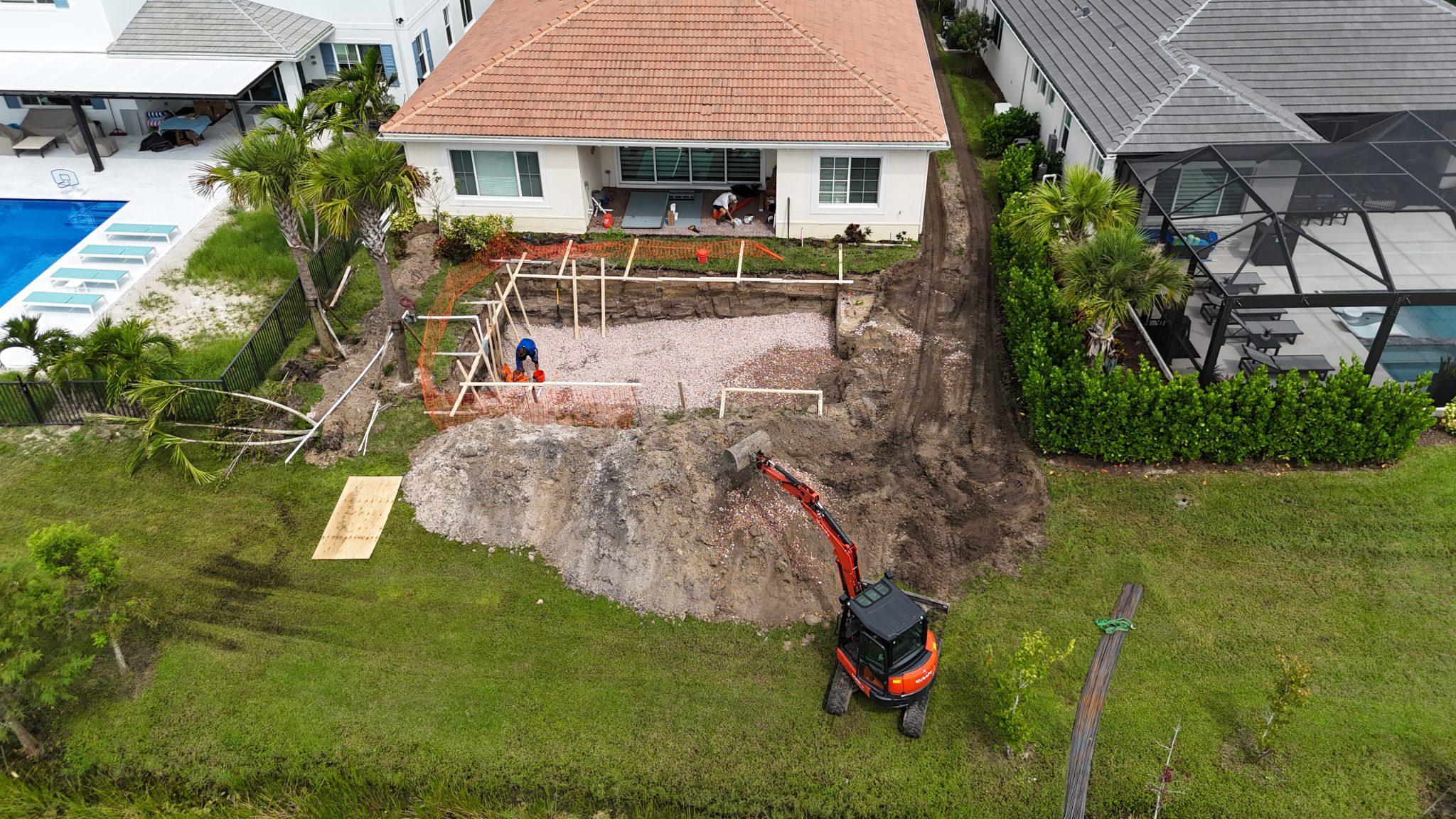How to Choose the Best Tree Pruning Service

If you’ve ever stood under a lopsided canopy wondering whether to trim a little or call a pro, you’re not alone. The right pruning keeps trees healthy, safe, and neat—without shocking the plant or upsetting council rules. In practice, that means weighing timing, species, safety, and how the crew works around your home. If you’re shortlisting options, it helps to start with providers who can prove their process rather than sell a promise; that’s the difference between a tidy afternoon and six months of awkward re-growth. Homeowners comparing best tree pruning services often find the best fit by asking simple, practical questions—about safety on-site, cuts at the right points, and what happens to the green waste after the job.
What makes a pruning service ‘best’ for your property?
A good crew balances tree health with site safety and a realistic plan for access, cleanup, and future growth. You should feel the plan respects both your yard and the tree’s biology.
-
Scope clarity: Look for a written plan that names species, target limbs, and expected outcomes (clearance, weight reduction, crown lift).
-
Cut quality: Expect proper collar cuts and avoidance of flush cuts or topping that stress trees and invite decay.
-
Access & cleanup: Ask how they protect lawns, gardens, and paving—and where chipper trucks will sit.
-
Evidence of care: Before/after photos from similar species and a simple maintenance note for the next 12–18 months.
I learnt this the hard way with a jacaranda over a driveway. The first “cheap” cut left stubs that sprouted weak epicormic shoots. The follow-up, done properly, used selective thinning and collar cuts—and the canopy held shape through summer storms.
How do you check safety and compliance without climbing a ladder?
Work at height demands planning. Reputable teams explain risk controls before they start and reference local expectations (especially in built-up suburbs and near services).
-
Site briefing: Look for a basic risk assessment—overhead lines, brittle branches, drop zones, and pedestrian access.
-
Gear & methods: Harnesses, helmets, rated climbing systems, and clear hand signals; no improvising near the edge.
-
Public interface: Traffic cones, spotters, and signage where branches fall toward footpaths or driveways.
-
Insurance & permits: Certificates on request, and council approvals if needed.
Many councils publish plain-English policy pages that outline responsibilities and the line between pruning and removal. Melbourne’s own policy on tree pruning and tree removal is a good example of the kind of guidance crews should be comfortable working within. If a team can’t speak to these basics, keep looking.
What should you ask before you book?
Two short questions can save a headache later: what exactly will you cut, and why will those cuts solve the problem? The answers reveal whether the plan is about tree health—or just speed.
-
Species-specific timing: Ask why now is a good window for this species (flowering, sap flow, disease risk).
-
Structure goal: Confirm whether they’re reducing end weight, improving light, or lifting the crown for access.
-
Disposal plan: Clarify chipping on-site, mulch left for your beds, or haul-away included in price.
-
Aftercare: Request simple guidance for watering, pest checks, and any follow-up shaping.
If you’d like a broader context before the quote visit, a host-site primer on tree arborist services in Melbourne breaks down what to expect from consultation to cleanup. Going in with that lens makes the conversation crisper and your comparison fair.
Timing and species: why details matter more than price
Not all trees like the same haircut at the same time. Some push hard growth after heavy cuts, others sulk or invite pests. A crew that adjusts to species and season will protect your yard in the long run.
-
Deciduous rhythm: Light shaping outside peak sap flow reduces stress and helps clean callus formation.
-
Evergreen nuance: Selective thinning preserves form while avoiding bare “windows” that sunburn inner bark.
-
Storm prep: Reducing lever arms on heavy limbs before wild weather lowers break risk without gutting the canopy.
-
Neighbour impacts: A tidy plan considers shade patterns and sightlines so everyone’s happy post-prune.
On a modest courtyard job, I watched a team lighten a lemon and a bay tree differently—fewer, smarter cuts on the lemon to protect fruit set; broader thinning on the bay to lift airflow near a damp fence. The yard felt bigger, and the fruiting didn’t miss a beat.
When DIY pruning becomes risky
There’s plenty you can do from the ground: remove deadwood you can snap by hand, tidy suckers, and keep shrubs off paths. But ladders, chainsaws at height, and major weight reductions are another story—risk rises fast when gravity and kickback enter the chat.
-
Height & reach: If you need a ladder or to lean into the canopy, risk usually outweighs savings.
-
Load path: Limbs under tension can spring or barber-chair unpredictably.
-
Cuts that count: Collar cuts and tension relief aren’t guesswork; poor technique sets up decay and failures.
-
Live services: Never work near lines or roof edges without training and controls.
If you’re on the fence, a neutral explainer on why lemon tree pruning matters shows how species-specific choices change outcomes. The point isn’t complexity for its own sake; it’s that the right few cuts, at the right time, beat a flurry of random ones.
How quotes, warranties, and photos protect you
Paperwork isn’t exciting, but it’s the easiest way to compare apples with apples and hold everyone to a shared plan. A tidy quote and a small gallery of similar jobs often predict tidy work.
-
Written scope: Species named, limbs or zones noted, disposal described, and exclusions listed plainly.
-
Proof of work: Before/after photos and a brief note on why each set of cuts was chosen.
-
Warranty window: A clear period that covers workmanship issues (not storms, of course).
-
Follow-up option: A reminder near the next ideal window keeps the canopy from drifting off course.
I keep a little folder of quotes and photos for my own place. The jobs that turned out best—healthier canopy, fewer wayward shoots—were the ones with the most specific scopes, not the flashiest logos.
Final word: choose for the long term
Trees don’t judge work on the day—they judge it over seasons. A “best” pruning service keeps your canopy stable through winds, avoids harsh shocks to growth, and leaves you with a plan you can stick to. If a crew can explain their cuts in plain language, show examples of your species, and leave the site cleaner than they found it, you’re almost there. The rest is timing, a little patience, and the comfort of knowing next season’s shade and shape are no accident.






